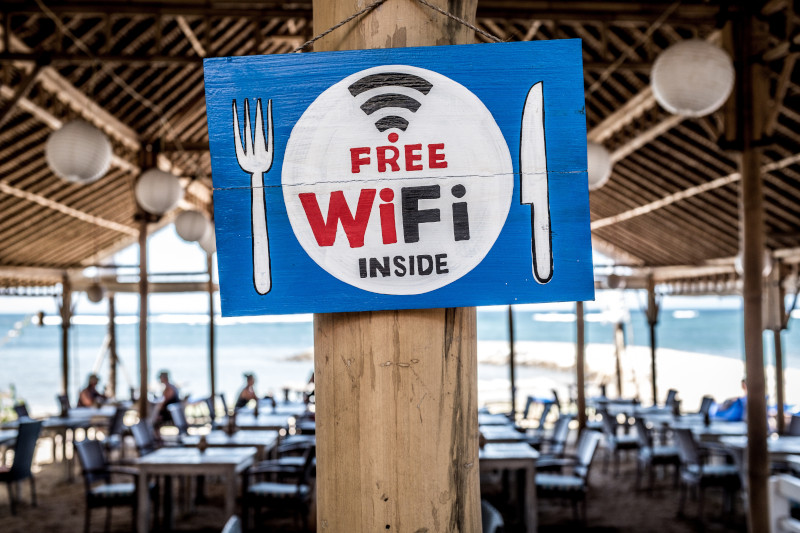We’re using our mobile phones, tablets, and computers for entertainment, knowledge and to run our businesses. To use these devices on-the-go, anywhere, anytime, we also need access to the internet.
In short, we need Wi-Fi wherever we are.
Our need for Wi-Fi makes those free Wi-Fi connections in a public space a convenience we simply can’t resist. But did you know that connecting to a free public Wi-Fi can put your personal information at risk?
What happens when you connect to a public Wi-Fi?
When you connect to a public Wi-Fi, the connection between your device and the Wi-Fi router is open and not encrypted. In layman’s term, your connection is not secure. That means anyone with the right tools can access your device.
Norton, in its 2017 Wi-Fi Risk Report, says 60% of consumers have a false sense of security and feel their personal information is safe.
Don’t be one of the complacent 60%! Beware the dangers of free public Wi-Fi.
Dangers of using an unsecured Wi-Fi network
An unsecured Wi-Fi network can be a hacker’s playground. They might use it to:
- steal your login ID and password and capture your online activities
- control your computer and data even when you have disconnected
- get inside your company’s network
- redirect you to infected or phishing websites
How can you reduce your risks on a public Wi-Fi?
To reduce your risks, there are things you must avoid and things you must do.
What to avoid on public Wi-Fi
- Do not use internet banking or type in your bank card information. You should use your mobile data to make online payments or internet banking. A few paid megabytes to pay is a reasonable price for your online safety.
- Don’t log into password-protected websites that contain sensitive information when using a public Wi-Fi connection — for example, banking and social networking sites, or even email.
What to do when using free public Wi-Fi
- Use a Virtual Private Network (VPN) to secure the Wi-Fi
- Install antivirus software on all of your devices and make sure you update the antivirus.
- Learn to recognize and use a safe website. A safe website starts with HTTPS:// instead of HTTP://.
In Summary
Take care when you use free public Wi-Fi. Use the knowledge from this article to make yourself safer.
Writer: Frank Oduro
Frank is the IT manager of SCG Chartered Accountants.

